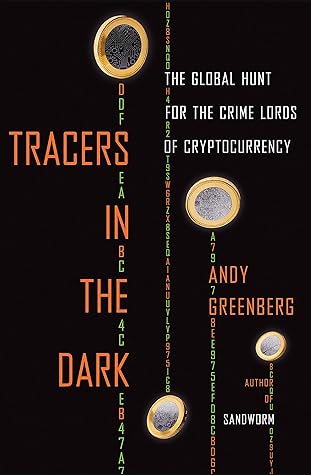More on this book
Community
Kindle Notes & Highlights
Read between
December 27, 2022 - February 13, 2023
“Americans don’t know how good they have it,” Gambaryan says. “You let it slip, it turns into the chaos that I saw.”
With just a few hundred tags, she had put an identity to more than a million of Bitcoin’s once-pseudonymous addresses.
Force answered their questions in a confident, almost arrogant tone, neither friendly nor explicitly resistant, Frentzen remembers. But the unspoken answer to their line of interrogation, as Frentzen describes it, was a dismissive “get the fuck out of here.”
For a moment, Gambaryan and Der-Yeghiayan sat on the phone in silence. Gambaryan had just, for the very first time in a U.S. criminal investigation, traced cryptocurrency payments to prove someone’s guilt.
“Oh, shit,” Gambaryan remembers thinking. “We broke Bitcoin.”
But the day when the prosecution found the incontrovertible, public, and unerasable proof of Ulbricht’s Silk Road millions, argues Nick Weaver, remains a milestone in the history of cryptocurrency and crime. “That is the date,” Weaver says, “that you can state unequivocally that law enforcement learned that the blockchain is forever.”
“That blew my mind,” says Frentzen. “It was unbelievable to us that there were two crooked federal agents on the same task force and that they weren’t working together.” In
“Once you know what you know, you can’t unknow it. And everything that you see in the future comes in through that prism of what you now know.”
“Every Bitcoin user has access to the public Bitcoin blockchain and can see every Bitcoin address and its respective transfers. Due to this publicity, it is possible to determine the identities of Bitcoin address owners by analyzing the blockchain,” the ruling read. “There is no intrusion into a constitutionally protected area because there is no constitutional privacy interest in the information on the blockchain.”


